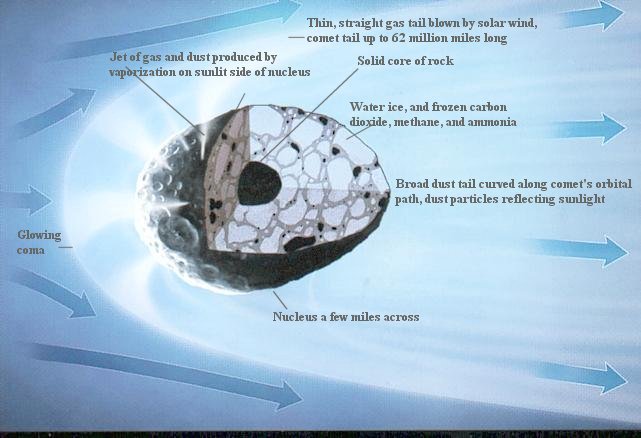Also, we’re dealing with some ridiculous numbers approximated to many orders of magnitude in spots.
These are “cosmic snowballs” (HT to @NASA for that one), composed mostly of rock, dust, ice, frozen CO2, and a mix of other things. They orbit the sun in highly eccentric (long) elliptical orbits and range from < 1 km to 10s of km in diameter.

Here are a few references where I got some content:
Comet structure and fluid mechanics: arc.aiaa.org/doi/pdf/10.251…
Coninuum/free molecular flow: sciencedirect.com/science/articl…





















